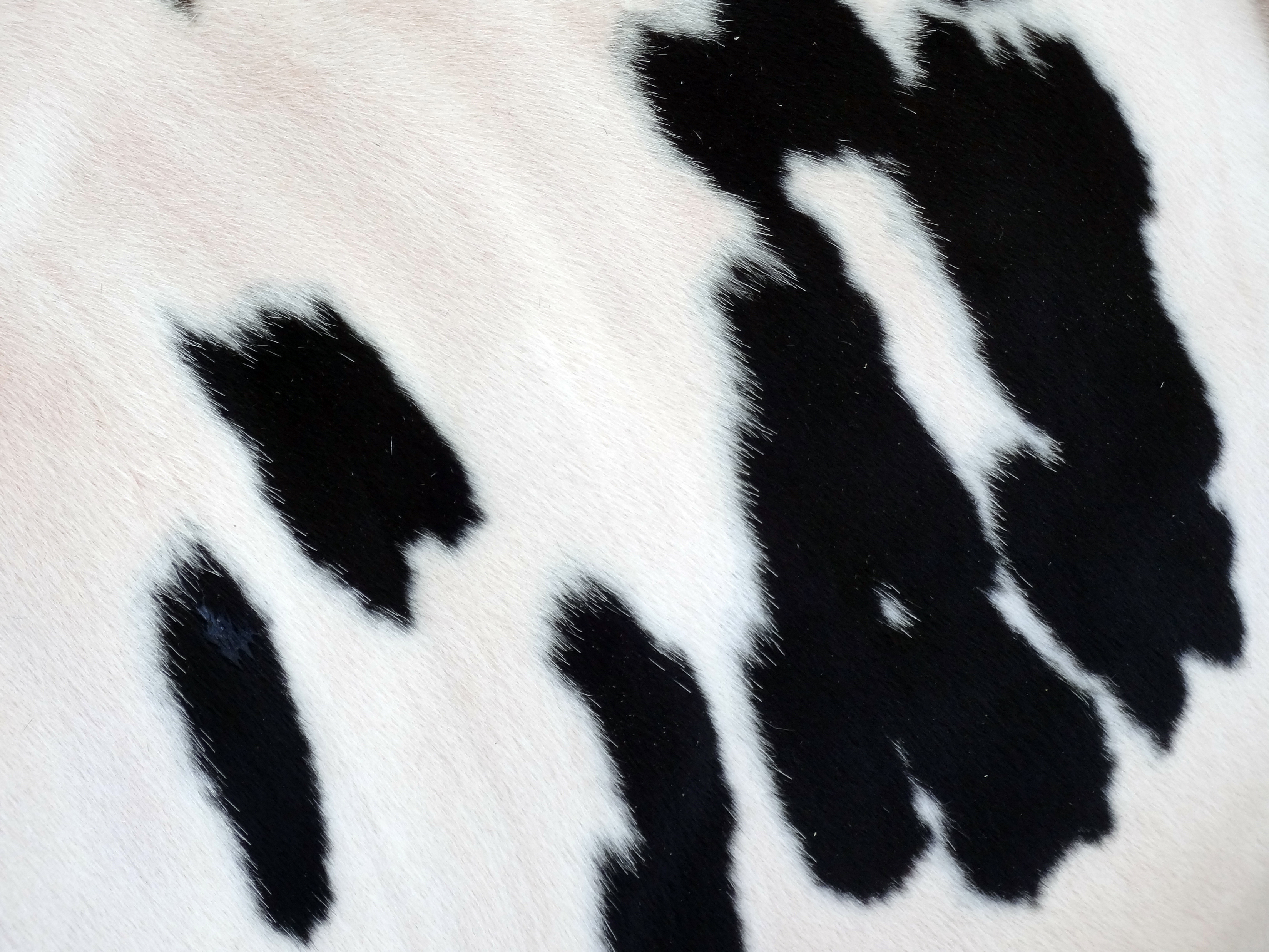Global market means that every fluctuation in the raw material price has an impact on the worldwide economy and our farms. In addition to raw material price decrease, farmers often face fluctuation in milk selling prices. Economic efficiency is kept under continuous review: some fields of the livestock sector are already used to manage tight margins of profit, while dairy cows rearing has a hard time identifying its weak points.
The market is carrying out a ruthless natural selection that will guarantee survival in the short term only to the real “manager” of milk production, the agricultural entrepreneur in all respects. The livestock sector is conditioned by the climate crisis, greenhouse gases, and consumers who increasingly guide the choices and dictate the “quality” of the product. Knowing how to breed successfully is no longer enough: it is necessary to consider the environmental impact and sustainability of our production. Economic and environmental efficiency, therefore, is at the basis of sustainable and future-oriented milk production.
Efficiency is the key element that must distinguish every aspect of the production process. As we said in the article “Clinical and functional nutrition”, to efficiently rear dairy cows allows higher incomes, lower wastes, and improved sustainability as per materials, energy, efforts, money, and time. An inefficient herd is not only dangerous for the planet, but also for our pocket! As an example, high dietary protein for cows is both harmful for the environment, because of the nitrogen emission with manure, and unnecessarily expensive for the breeder, because of the protein that passes through the animal without being used to produce milk and meat.
Nowadays raw materials are expensive and the milk price is very low so that the reduction of the costs for animal rearing is one of the most discussed points, especially for what concern diet and dietary protein costs. Anyway (as indicated in the article “Animal production is the only culprit”), reducing management costs is not always the best choice if the “savings” involve reduced production efficiency. This is evident if we talk about reducing feeding costs without taking into account the intake of metabolizable protein. Reducing the cost of the diet with accurate control and a correct balance of the amino acid intake is possible, but it requires precise information and tools such as dynamic formulation programs to avoid a production “collapse”. In situations of the high cost of protein sources, the first choice is to reduce the quality of the protein in the diet. However, the result is the contemporary reduced production per unit of ingested dry matter, a greater environmental impact, and long-term consequences such as reduced reproductive performance.
The effectiveness of precise nutrition and rumen-protected nutrients such as limiting amino acids (methionine and lysine firsts) is there for all to see. They allow better nitrogen metabolism and higher dietary efficiency reducing management costs. In the near future, other nutrients such as histidine or branched-chain amino acids (leucine, isoleucine, and valine) will enter the panorama of rumen-protected additives for the dairy cow. Recent studies confirm that the use of these amino acids improves the efficiency of our cows. Are we therefore destined to become pharmacists who prepare the specific ration for each individual cow with the sling bar? More likely, we will acquire more knowledge and tools to make our cows express their full genetic potential in an increasingly sustainable way.
So why wait until we have our neck in water? Why don’t we change the way we manage our animals today? The idea that the use of protected amino acids and precision nutrition are elements that can only be used by farms that can be defined as “technologically advanced” is rather rooted but it is false. The productivity and efficiency of the animals can and must be optimized at each production level. The economic damage of low production and its environmental impact is more unsustainable for small farms than for the bigger ones. A reduced number of animals allows their greater control, while in a large barn the cows tend to lose their singularity. Rumen-protected amino acids are not “feed additives for rich people”: good economic results and environmental sustainability are valid for everyone. After all, the physiology of a dairy cow in a small barn is the same as in a large one! So, why be less efficient?
Vetagro has been successfully proposing and using microencapsulated and rumen-protected nutrients all over the world for forty years. This gave us an extensive experience of their use in a multitude of different situations: from the use of grazing in Chile and New Zealand to stables in the Saudi Arabian desert, from large stables in China and the United States to the small ones for Parmigiano Reggiano cheese and in the Alps. There is no situation in which the use of rumen-protected nutrients, combined with accurate herd management, has not been able to increase the productive or reproductive efficiency of the barn.
Both as breeders and as nutritionists, it is now imperative that we firmly resume the role of “feeding” the planet in a sustainable and scientifically advanced way to allow in the short term our activities to survive and in the long term to give a future to the generations to come.For more information: marketing@vetagro.comOriginal article here.









